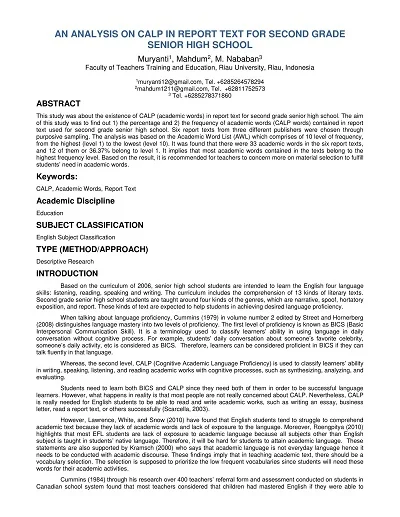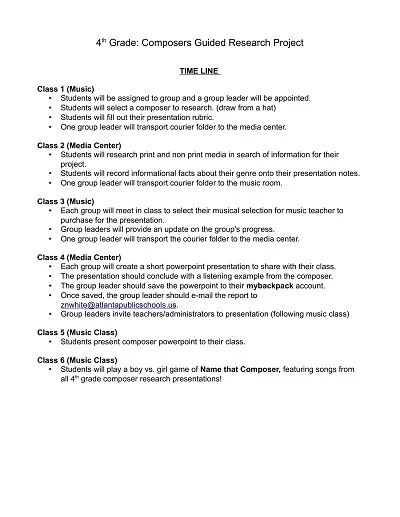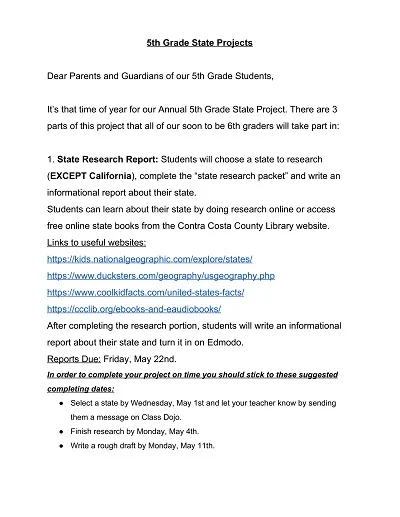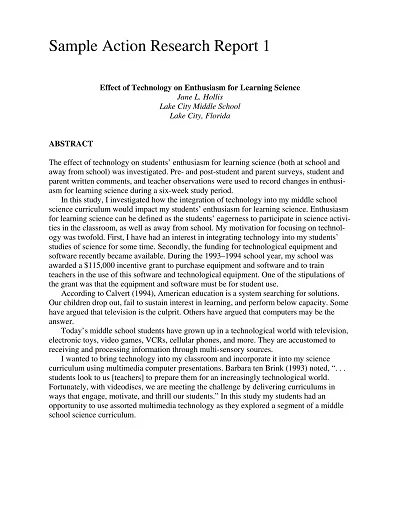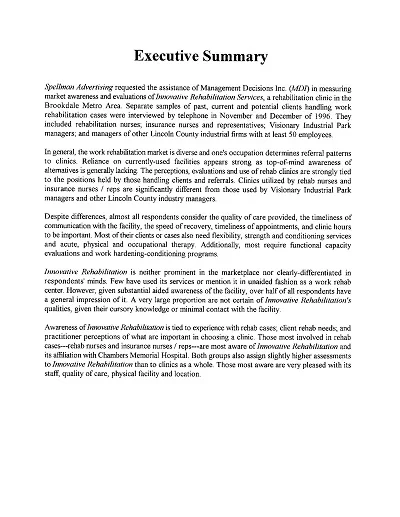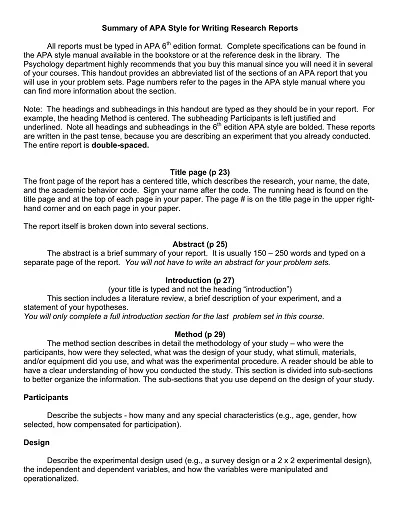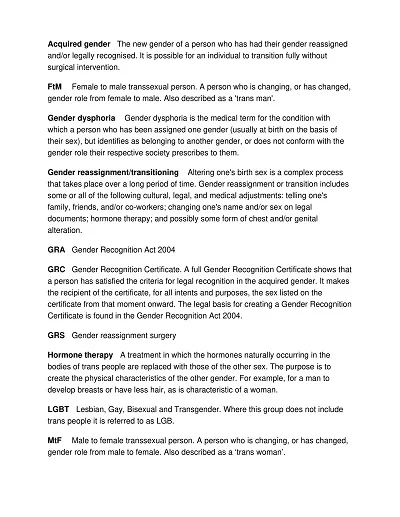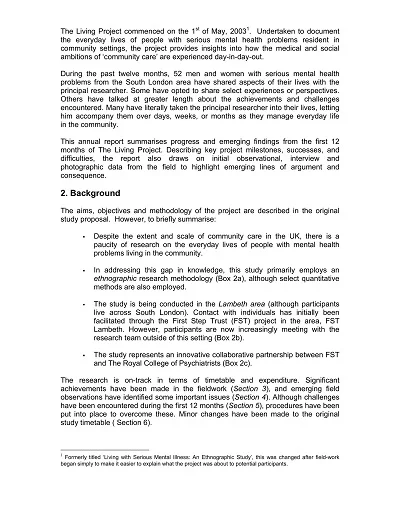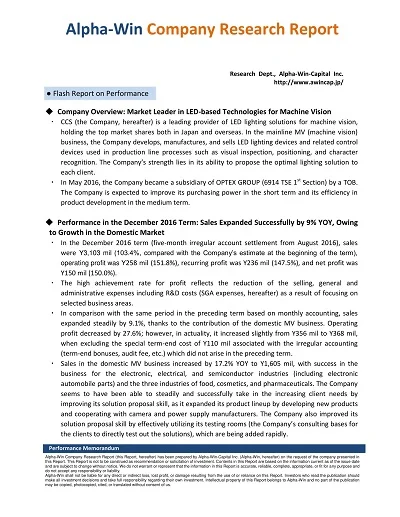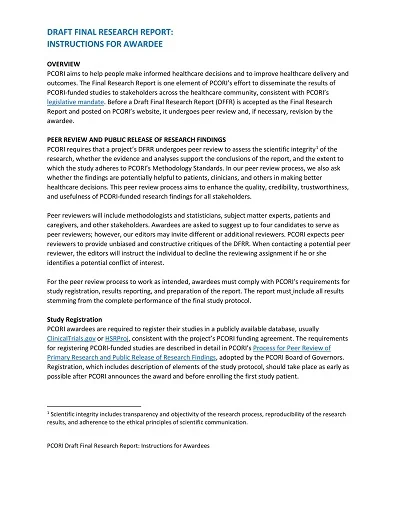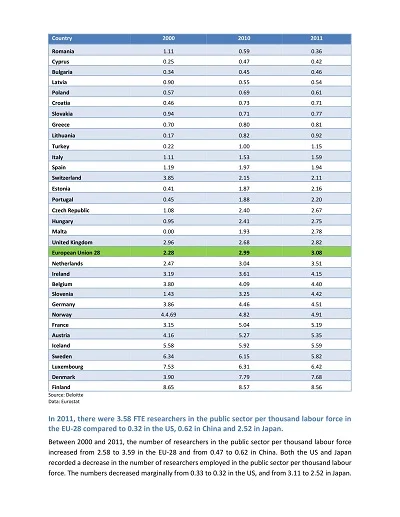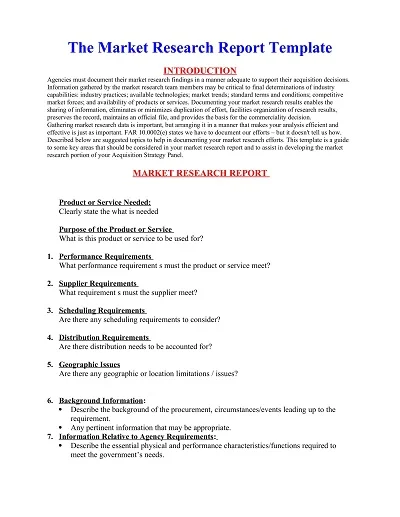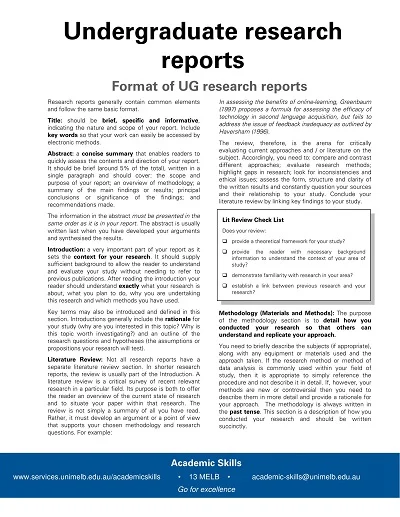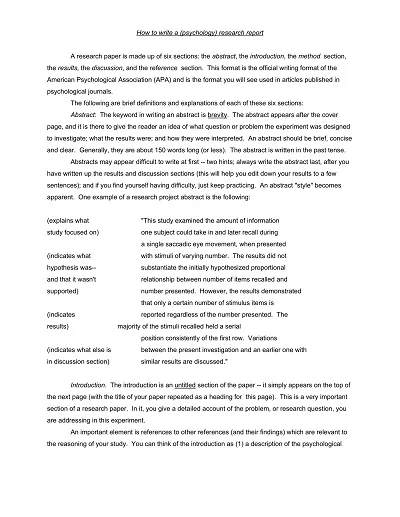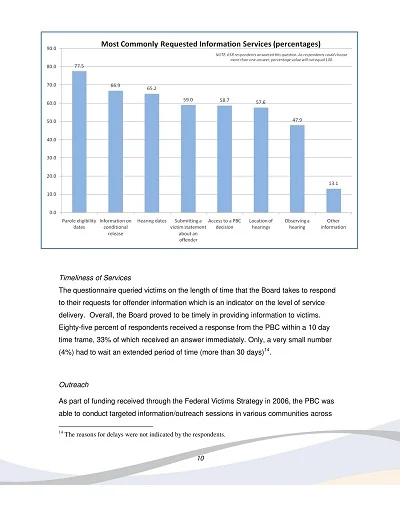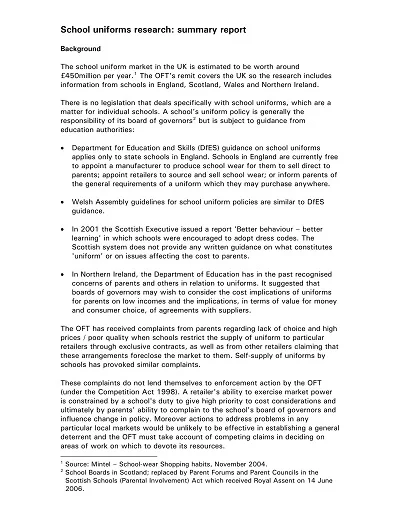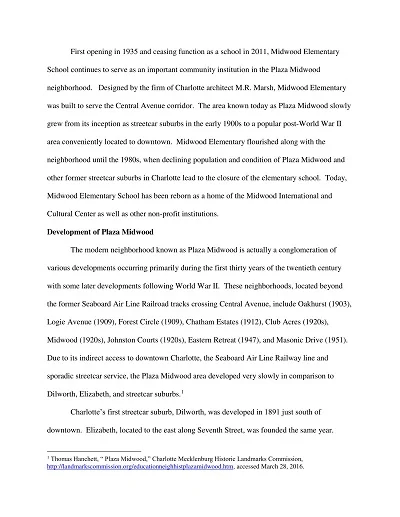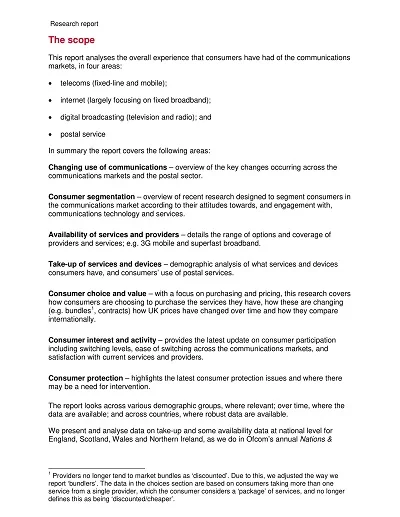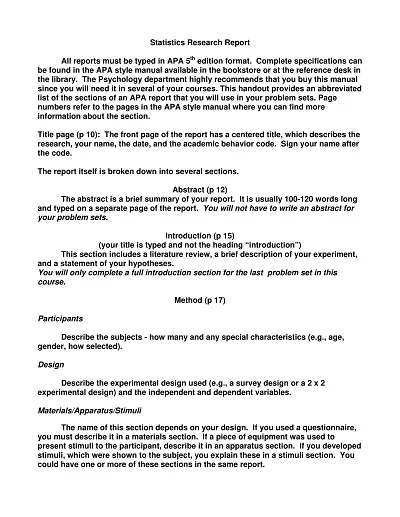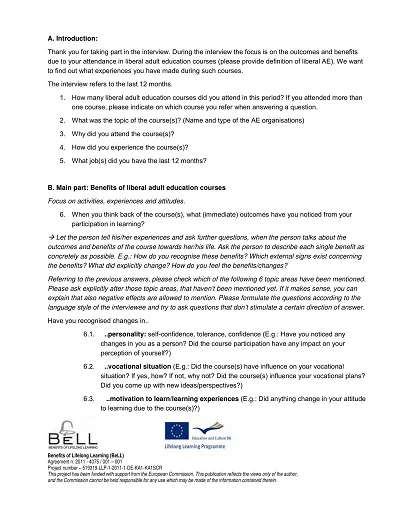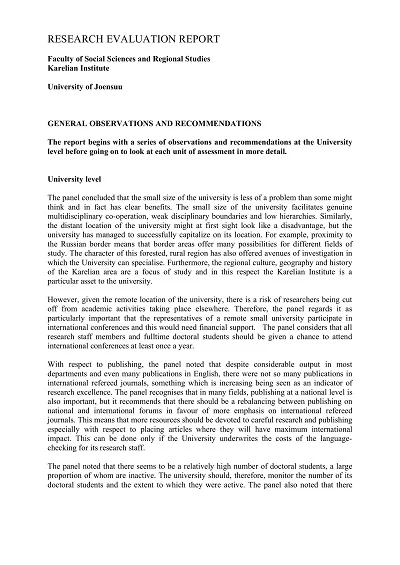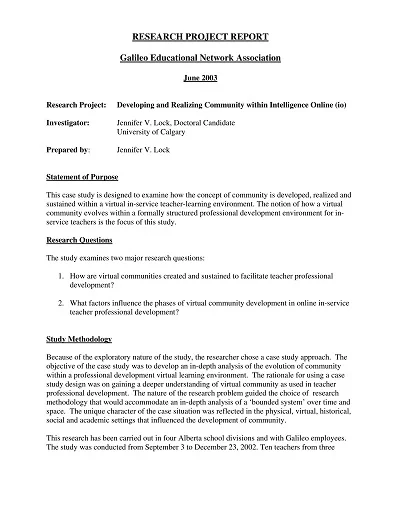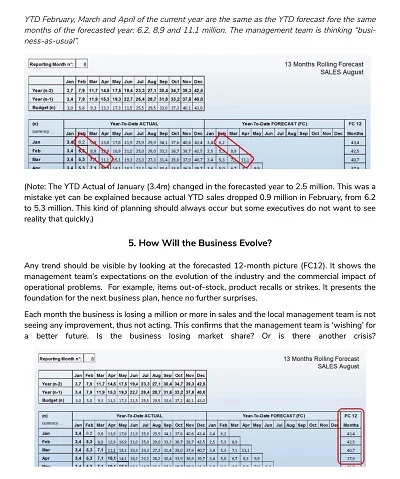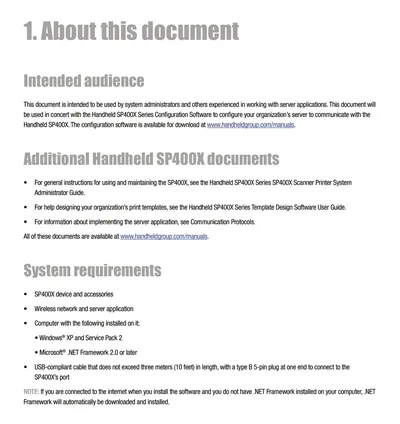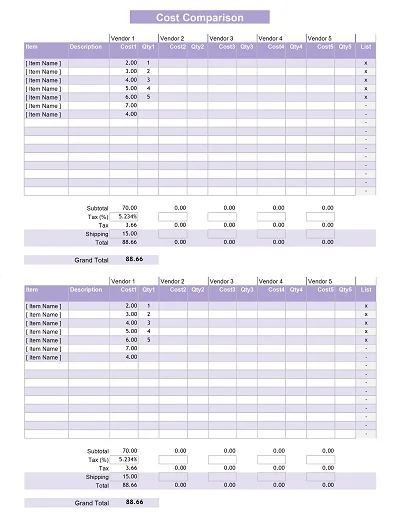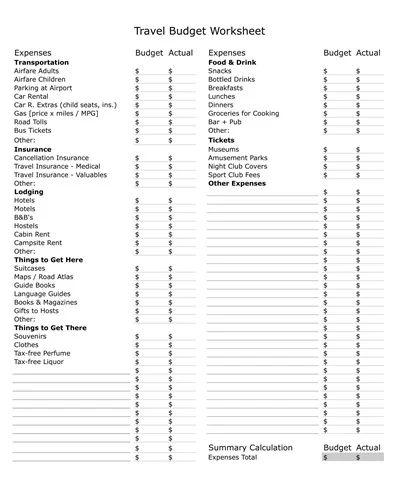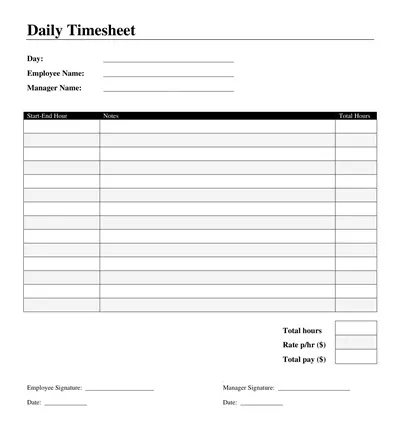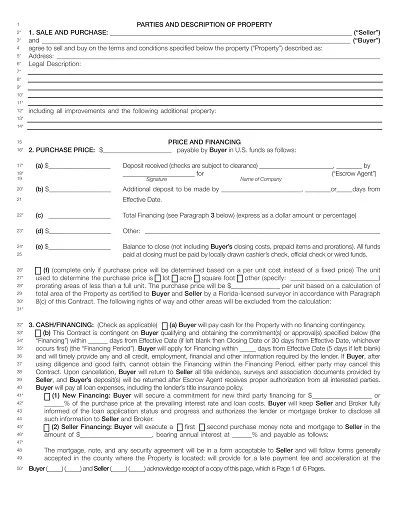A Research Report Template is a format meant to facilitate the creation of a research report, which includes step-by-step instructions on how and what to write. They usually contain advice, an abstract, an introduction, methods, results, a discussion, and a conclusion section. However, they can slightly differ as a certain study may require more or less of them, or an institution or a publication may have their preferences.
In this context, this template is highly effective for streamlining the process of creating the final report as it contains clear instructions on what information should be placed in the report, starting with the identification of the main problem, analysis of the results, conclusion, and recommendation section to make the final report easily understandable by the intended audience.
Download Free Sample Research Report Templates
What is a Research Report?
A Research Report can be described as a detailed paper that contains the results of an investigation of a question or number of questions through a systematic approach. The common aim of research articles is to give an overview of the research topic, the literature in the specific field, details of the method used, the result or outcome of the study, and an analysis of the result within the context of the particular discipline.
Research reports are informative tools intended to disseminate a study’s findings, support existing hypotheses, or solve existing issues within a specific discipline. This makes them essential in academic, scientific, and professional circles.
Components of a Research Report
Commonly, a research report comprises several elements that highlight a clear vision of the presentation of findings. These elements include:
- Abstract: An outline of the study, which may comprise the problem definition, the approach used in the research, the findings of the study, and the conclusion that has been made.
- Introduction: State the research topic and situate it in the problem area you intend to investigate and identify the research questions or objectives that you want to address.
- Literature Review: A literature review of prior studies and models concerning the examined topic and determining the current scientific literature’s gaps.
- Methodology: The analysis presents the research design, data collection, and analysis procedures used in the study.
- Results: Establish a coherent structure for presenting the study’s results, which may include tables, graphs, and statistical analysis.
- Discussion: Explains the findings in light of the formulated research question and, consequentially, discusses the interaction with findings, significance, and limitations.
- Conclusions and Recommendations: Present the research results briefly, state the conclusion that can be made based on the developed material and 4propose further working suggestions for additional research or utilization of the study.
- References/Bibliography: Always provide a list of all the sources used in developing the report in the format required for the report’s writing.
Importance of Research Reports
Such research studies are incredibly valuable for passing on information within different spheres as the basis for further investigations, more effective public policies, and industry advancements. They offer information about the progress and conclusions in research, thus helping other academics and practitioners better understand the approach and outcomes of the work conducted.
Through compiling and reporting on their research, scholars play a vital role in filling up a worldwide information base, which encourages researchers and scholars to continue striving to develop solutions to the challenges of modern society.
Guidelines for Preparing Research Reports
Here are some guidelines for preparing Research Reports:
1. Title and Abstract
- Title: Briefly identify the research topic or concern. It should be as descriptive as possible and interesting enough to make the reader interested in continuing reading.
- Abstract: The research question, aim, and objectives, as well as a brief methodological review, empirical findings, and conclusion, should be presented. With information on seven business reputations affected by reputation management, it should not exceed 250 words.
2. Introduction
- Context: Introduce the context of your work, offer brief background information, and formally define the research problem.
- Objectives: Ensure you clearly understand the study’s aims and objectives and your research questions and/or hypotheses.
3. Methodology
- Participants: State the study participants; this section should include details of the selection process and the rationale for sample selection, including whether the participants who participated in the study included only students or whether the study incorporated teachers, parents, and other community members.
- Materials/Tools: Indicate the type of materials, tools/ software that were used in the research.
- Procedure: Justify the processes that were followed during the research process. This section should allow another researcher to undertake your study using a procedure similar to what you explained.
4. Results
- Data Presentation: Students are required to present the data in the form of figures, tables, and written text. Remember to provide proper annotations on all the presented images.
- Analysis: Explain the statistical or thematic analysis techniques applied in relation to the data that was gathered.
5. Discussion and Conclusion
- Interpretation: Discuss your results with reference to existing literature and research to identify consistencies or inconsistencies.
- Limitations: Our study should be limited in the following ways and encourage more research in the following areas.
- Applications: Explain the results’ relevance, importance, and significance and how they are useful to the discipline.
6. References
- After finishing your report, identify all the sources used in your report and give the full reference following the referencing style agreed upon by your research guide or the journal that you are submitting to.
7. Appendices
- Permission to use this section should also be sought to include any additional information that may be useful in the conduct of the study but doesn’t fit in the body area of the report due to size and other factors.
Tips for Writing an Effective Research Report Template
To craft an effective research report template, consider incorporating the following elements:
- Title Page: Make sure that it contains the title of the report, the author or the authors and the date it was dated.
- Abstract: An overview of what has been done in the research process, how the research was conducted, what was discovered and reasons for arriving at the discovery made.
- Table of Contents: Inform readers where they are in the report so that they can locate their position without struggling.
- Introduction: State the problem under investigation and the purpose of the research in light of the problem statement.
- Literature Review: This section should include an outline based on major research findings that help put the study into perspective.
- Methodology: Explain the method used in this research.
- Results: Use charts or graphs to present the findings when the recommendation requires it.
- Discussion: This paper will discuss the results and analyse them to assess the findings and validity of the study.
- Conclusions and Recommendations: Finally, I will briefly present the current study’s outcomes and directions for further study of hypothetical appeal types in connection with website design.
- References: This entails elaborating on all the sources used in preparing the report in the correct academic writing format.
- Appendices: Use extra information that may be useful but is not necessary in the body text of the article.
- Practical advice: When making formatting improvements, try to be as clear and consistent as possible; this will help make the report more readable and consumer-friendly.

